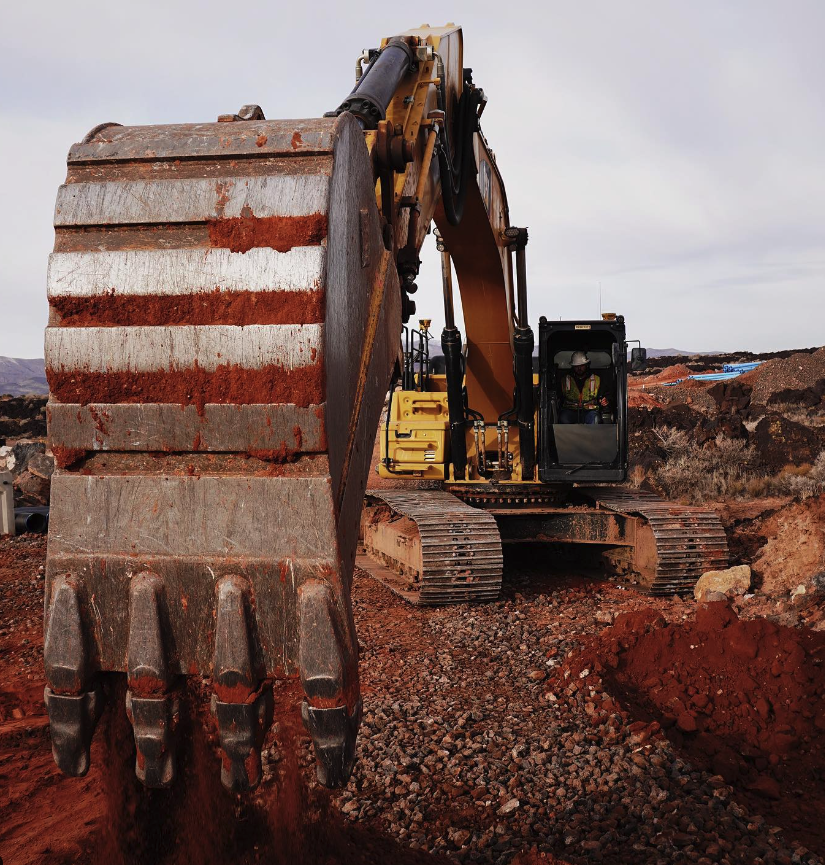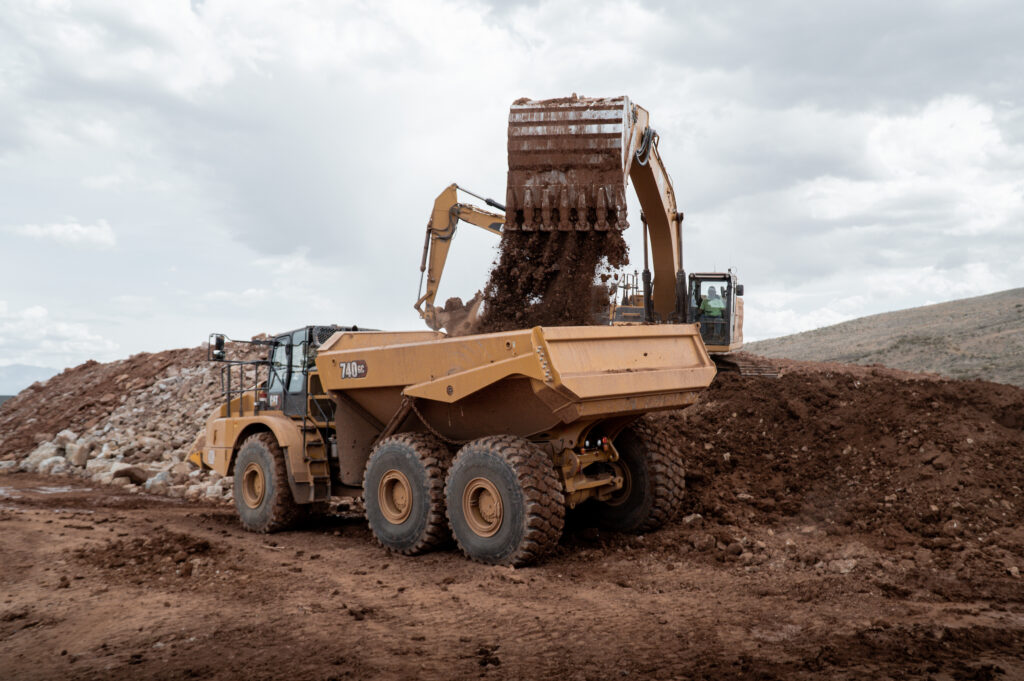Why is it necessary?
Excavation has many important applications including exploration, environmental restoration, mining, and construction. Construction is one of the most common applications among all of these. The use of excavation in construction is for creating building foundations, reservoirs, and roads. Some of the essential benefits of excavation are: building a house, installing a proper water system, waste removal, doing landscaping, installing pipes, handling large materials, and building roads and lots.
Other uses for excavation are constructing dewatering wells and interconnecting trenches, and marking the boundaries of a new building. Dewatering wells are used for lowering the level of groundwater. It’s often used to remove water from previous structures that extend below the current excavation. The reason for marking the boundary is so the building is within the set boundary and also to guide the construction workers.

How it works:
There are three main excavation types.
1. Cut and fill: this method is striping layers from the earth. It can also include grading (which means making sure the earth is level or a specific slope). The process of cut and fill includes movement of soil. The goal of this type of excavation is to conserve energy by using resources that are already there instead of bringing in or shipping soil.
2. Muck: which is removing mud, water, and dirt. These resources are then taken elsewhere to dry. Muck excavation is just the method of removing wet material.
3. Drainage: this type works to divert water which can include water from trenches and canals. This can help reduce soil and nutrient loss from runoff and can help avoid soil erosion.
- Setting out corner benchmarks
- Surveying ground and top levels
- Excavation to the approved depth
- Dressing the loose soil
- Making up to cut off level
- The construction of dewatering wells and interconnecting trenches
- The construction of protection bunds and drains
- Marking boundaries of the building
Types of excavators.
Excavators can also be used for moving heavy objects, as well as snow and forestry removal. Since there are many different types of excavation, there are different types of excavators. Some excavators are called The Spider which is designed to go on all terrain. Instead of tracks, the spider excavator will have “legs”. The swamp excavator is another variation that is used for jobs near the water as it has special tracks designed for those ecosystems. Finally, the zero swing excavator provides an arm that only swings as wide as the machine so that it works efficiently in confined spaces.



